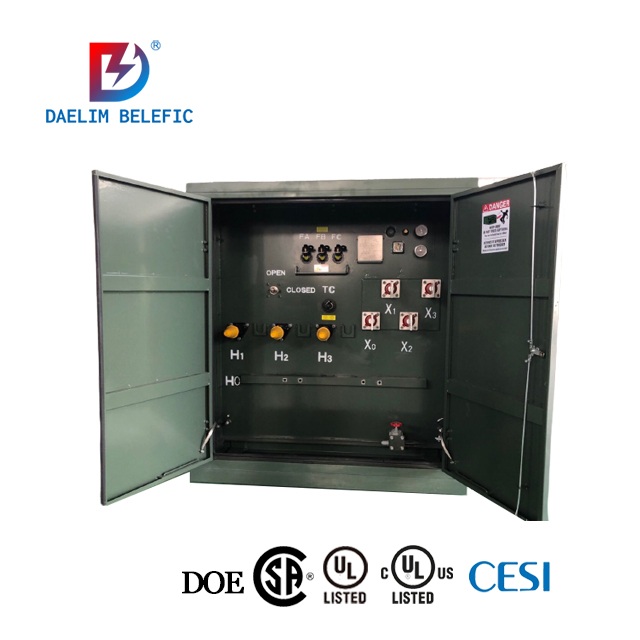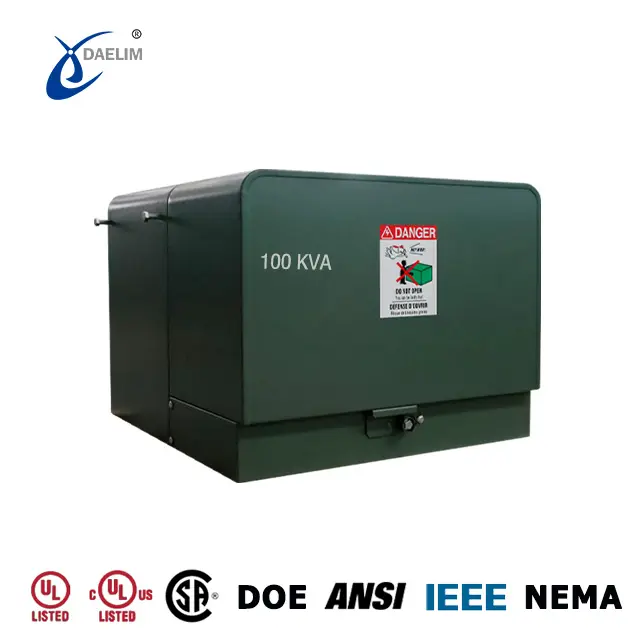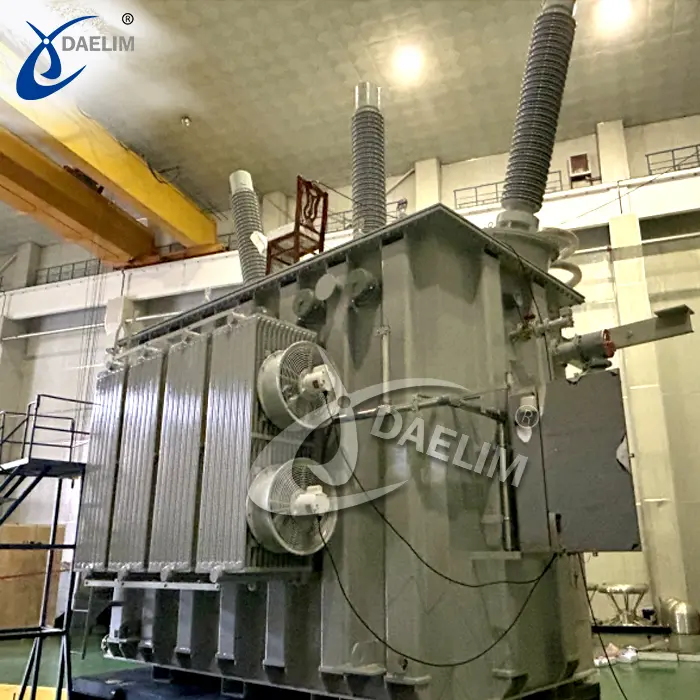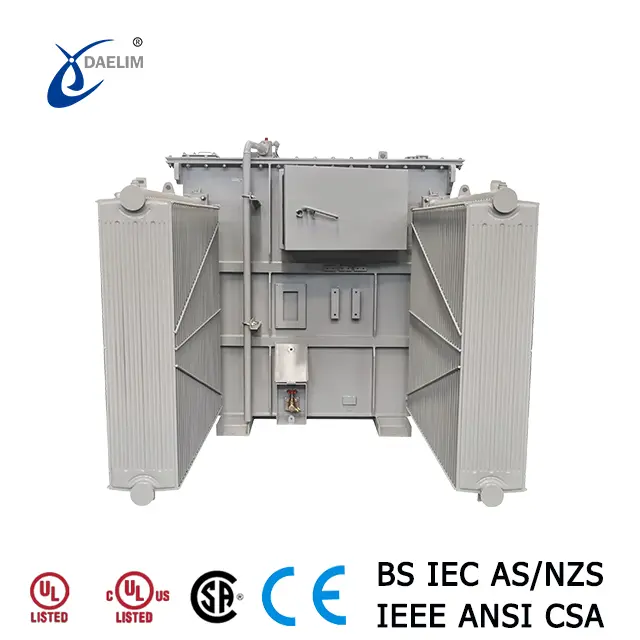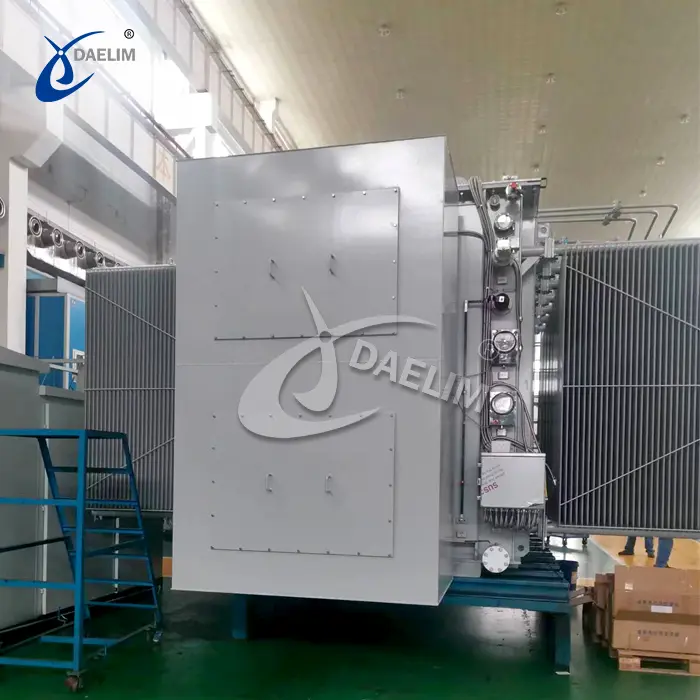Diagnostic Methods for Power Transformer Insulation
Power transformers rely on robust insulation systems to ensure operational reliability and longevity. Over time, however, various factors can degrade these insulation systems, necessitating effective diagnostic methods to assess their condition. Here, we explore the key techniques employed for diagnosing both oil and solid insulation in transformers.
Oil Insulation Diagnostic Methods
Chemical and Electrical Detection Methods
The insulation system in transformers traditionally involves oil-immersed paper (cellulose), known for its favorable electrical and physical properties. However, prolonged exposure to high temperatures, coupled with environmental factors such as moisture and mechanical stress, initiates a degradation process termed thermal aging. This process accelerates the production of moisture within the insulation paper, subsequently compromising its dielectric strength and overall reliability.
Chemical Analysis of Transformer Oil
- Color/Appearance: Visual inspection for signs of degradation.
- Micro-water Content: Quantifies moisture levels critical to aging.
- Breakdown Voltage: Measures the dielectric strength under test conditions.
- Dielectric Loss Factor: Indicates energy loss due to imperfect insulation.
- Acid Value: Assesses oil oxidation levels, impacting longevity.
- Interfacial Tension: Sensitive indicator of early-stage deterioration.
Dissolved Gas Analysis (DGA)
- Monitors the concentration and generation rate of gases like hydrogen and methane.
- Helps detect faults such as overheating, poor contacts, and partial discharges.
- Provides insights into the transformer's operational condition and potential risks.
High-Performance Liquid Chromatography (HPLC)
- Identifies furan compounds (e.g., furfural) from cellulose degradation.
- Directly correlates with insulation aging, especially in detecting hot spots and partial discharges.
Trace Water Content
- Significant indicator affecting oil performance.
- Solubility varies with oil type and aging, impacting overall insulation integrity.
Solid Insulation Diagnostic Methods
Electrical Detection Methods
Solid insulation in transformers requires different diagnostic approaches to assess its condition effectively.
Dielectric Response Analysis
- Polarization Depolarization Current (PDC) Method:
- Measures insulation polarization and relaxation currents.
- Evaluates moisture content and oil conductivity, aiding in aging assessment.
- Recovery Voltage Method:
- Analyzes recovery voltage parameters (Umax, tmax, SR) post-discharge.
- Provides insights into insulation aging and moisture levels.
Frequency Response Analysis:
- Studies complex capacitance and loss factor across different frequencies.
- Evaluates insulation system status comprehensively, identifying aging trends.
Dielectric Response:
- Reflects the dielectric polarization and relaxation under electric field excitation.
- Differentiates between polar and neutral dielectrics, crucial for understanding insulation behavior.
Conclusion
Effective diagnostics of power transformer insulation involve a combination of chemical and electrical analysis techniques tailored to both oil and solid insulation systems. By monitoring parameters such as dissolved gases, moisture content, and dielectric responses, utilities can proactively manage transformer health, ensuring reliability and minimizing downtime due to insulation-related failures.
These methods not only enhance operational safety but also extend the lifespan of transformers, contributing to sustainable energy infrastructure worldwide.
Related Products
Related Article
Comprehensive Guide to Transformer Insulation: Types, Structures, and Maintenance
Transformer insulation is a cornerstone of electrical safety and reliability, crucial for maintaining operational efficiency and preventing catastrophic failures. By understanding the types, structures, methods, and materials involved in transformer insulation, operators can effectively manage and maintain transformers to ensure long-term performance and safety in power distribution networks.
Transformer Insulation Failure
Transformer insulation is critical for maintaining electrical integrity and reliability. Two primary types of insulation used in oil-immersed transformers are solid paper insulation and transformer oil insulation. Understanding their characteristics, failure modes, and diagnostic methods is essential for ensuring transformer longevity and operational safety.
Classification of Gas Generation During Transformer Operation
Gas generation in transformers can stem from various sources and fault types, each indicating specific operational or insulation issues. Understanding these classifications is crucial for effective maintenance and fault diagnosis in transformer systems.

